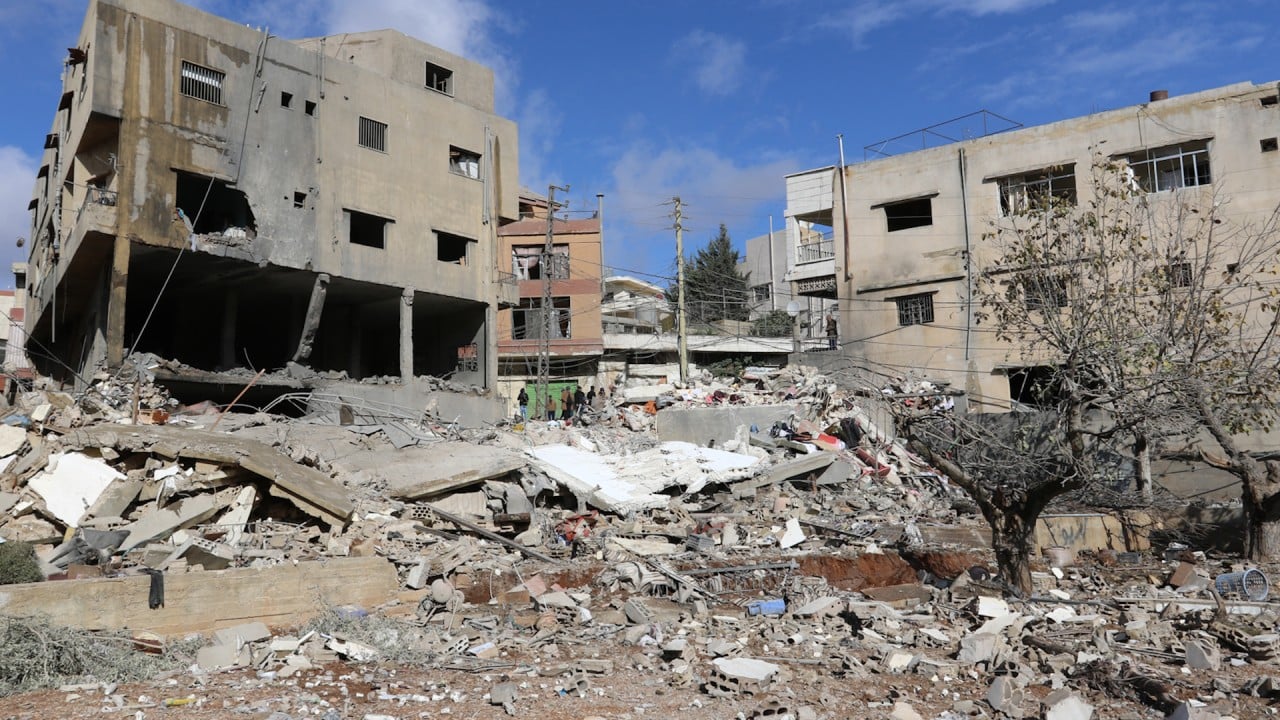UN Resolution 1701 is at heart of Israel-Hezbollah ceasefire. What is it?
A ceasefire between Israel and the Lebanese Hezbollah militia came into force in the early hours of Wednesday

03:29
Ceasefire in Lebanon between Israel and Hezbollah militants takes effect
In 2006, after a bruising month-long war between Israel and Lebanon’s Hezbollah militant group, the United Nations Security Council unanimously voted for a resolution to end the conflict and pave the way for lasting security along the border.
But while relative calm stood for nearly two decades, Resolution 1701’s terms were never fully enforced.
In late September, after nearly a year of low-level clashes, the conflict between Israel and Hezbollah spiralled into all-out war and an Israeli ground invasion. As Israeli jets pound deep inside Lebanon and Hezbollah fires rockets deeper into northern Israel, UN and diplomatic officials again turned to the 2006 resolution in a bid to end the conflict.
Years of deeply divided politics and region-wide geopolitical hostilities have halted substantial progress on its implementation, yet the international community believes Resolution 1701 is still the brightest prospect for long-term stability between Israel and Lebanon.
Almost two decades after the last war between Israel and Hezbollah, the United States led shuttle diplomacy efforts between Lebanon and Israel to agree on a ceasefire proposal that renewed commitment to the resolution, this time with an implementation plan to try to reinvigorate the document.
